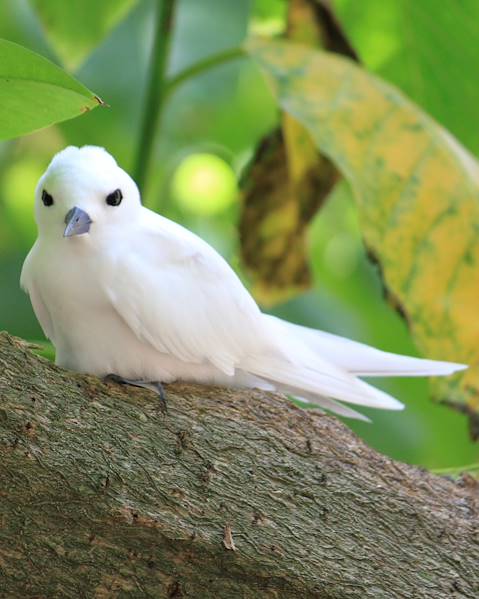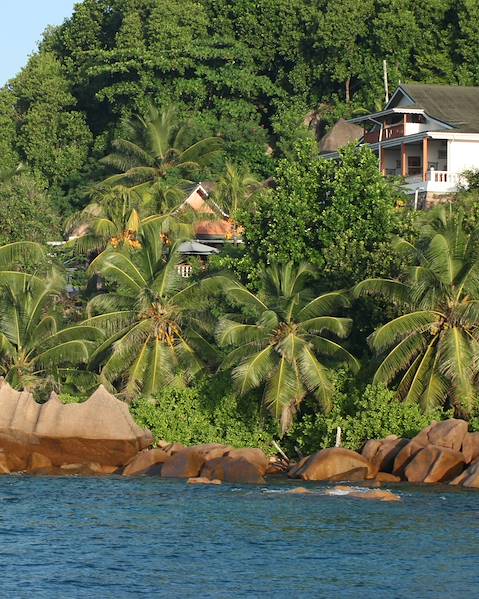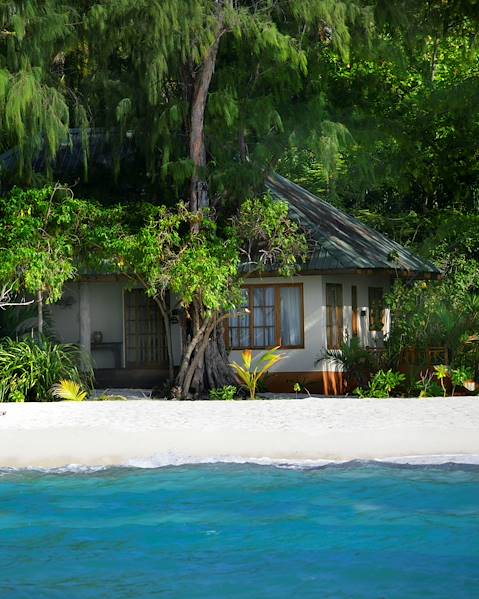An archipelago of 115 islands scattered across the Indian Ocean – located 900 miles off the coast of East Africa – the Seychelles is the definition of a barefoot-island paradise. The film-set stunning beaches tend to hog the limelight, and for good reason, as they’re all equipped with sugar-soft sand and turquoise sea. Yet look further into the islands’ interiors and you’ll find lush landscapes inhabited by intriguing wildlife, as well as charming colonial towns. Back on the coast, you can also enjoy fantastic snorkelling, diving and water sports. Here are some things to know before travelling to the Seychelles.
Climate & Weather in the Seychelles
Overall, the archipelago enjoys a pleasant tropical climate, with average temperatures fluctuating between 24°C and 30°C on the main islands. The Seychelles’ weather is divided into two main seasons: rainy and cool, although these seasons won’t be the same across all of the islands, as they span a distance of 620 miles across the equator. The rainy season generally runs from October to April, while the dry season falls between April and October.
Currency in the Seychelles
The Seychelles rupee (SCR) is the official currency of the Seychelles. Exchanging money in advance is a good idea, however ATMs are fairly common on the islands in case you need to withdraw additional funds (although they can be hard to find in more remote areas). Most shops and restaurants accept credit and debit card payments, so bringing an international card with no transaction fee is recommended. Euros and US dollars are also accepted in some establishments.
Food & Drink in the Seychelles
The Seychelles offers a wide variety of cuisine and you’ll find dishes from all over the world served at the hotels and resorts. The islands are known for their fresh seafood and other delicacies include kari sousouri (bat curry), bouyon bred (fish soup) and bourzwa griye (grilled red snapper). Other common dishes include various types of curry, dhal, saffron rice and fresh fruits. Shark chutney is another speciality, while ladob (made with plantain, kasava and breadfruit) is eaten as both a savoury and sweet dish, with sweet potatoes, coconut milk and sugar added for the dessert version, and salted fish included in the savoury one. Coconut water and fresh fruit juices are common soft drinks, while alcoholic beverages include calou (palm wine), bakka rum and local beers. To be on the safe side, its recommended to stick to purified and bottled water while in the Seychelles.
Transport in the Seychelles
The transport available in the Seychelles depends on which island you’re staying on, and many of the islands (such as Bird Island and Desroches Island) are small enough to navigate solely on foot. The larger islands of Mahé and Praslin have public transport systems, including public buses and taxis. In La Digue, there is no public transport and very few taxis, so cycling and walking are the most common means of getting around. The island nation also has an extensive boat network, enabling inter-island travel, with ferries operating between Mahé, Praslin and La Digue. Sea planes and helicopters are another option for island-hopping between the larger ones.
Language in the Seychelles
The official languages of the Seychelles are Seychellois Creole, English and French, however Seychellois Creole is the most widely spoken of the three, with 95% of the population identifying as native Seychellois Creole speakers.
Etiquette in the Seychelles
In Seychellois culture, it’s considered polite to greet everyone with a wave, nod or handshake, even if you don’t know them well. The Seychelles’ way of life is generally very laid-back, so don’t expect punctuality. Dress codes are also relaxed, however people tend to cover up in the evenings and nude bathing is prohibited. In an effort to protect the stunning landscapes and diverse eco-systems, a fine will be issued for littering.
Health & Safety in the Seychelles
Generally, the Seychelles is a safe place to visit, although there have been some instances of break-ins and thefts against tourists. Crime is usually non-violent, but be sure to keep an eye on your belongings and avoid wandering the streets after dark. Use a hotel safe to store passports, money and valuables, don’t carry large amounts of cash and avoid flashing expensive jewellery or belongings in public.
Take care when swimming and snorkelling in the sea, as currents and waves can be strong, particularly during the monsoon season. Some beaches are not recommended for swimming at any time, so make sure to pay attention to any warnings and signage. Asking staff at your accommodation about beach safety and conditions is a good idea.
Must-sees in the Seychelles
- The Vallee De Mai, Praslin Island – one of two UNESCO World Heritage sites in the Seychelles, Vallee De Mai is famed for its 4,000 coco-de-mer trees and is a haven for the island’s birdlife.
- Victoria, Mahé – Victoria may be one of the smallest capitals in the world, but is home to more than a quarter of the Seychelles total population. Visit to see the colourful colonial houses, botanical garden and landmark clocktower.
- Copolia Trail, Mahé – ascend 760 feet up the trail for panoramic views across the island.
- St Anne Marine National Park – daily excursions depart to the park from Mahé and once there you can snorkel among colourful fish, spot turtles or simply take in the stunning surroundings.
- The Aldabra Atoll – the Seychelles other UNESCO World Heritage site, the atoll is one of the world’s biggest raised coral atolls. Here you’ll find the world’s largest population of giant tortoises and their underwater equivalent, turtles.
Things to Bring to the Seychelles
It’s essential to bring sun cream, a sunhat and sunglasses to avoid getting sunburnt. Insect repellent is also a good idea and its advisable to bring enough with you, as these products can be expensive to purchase once there.
















